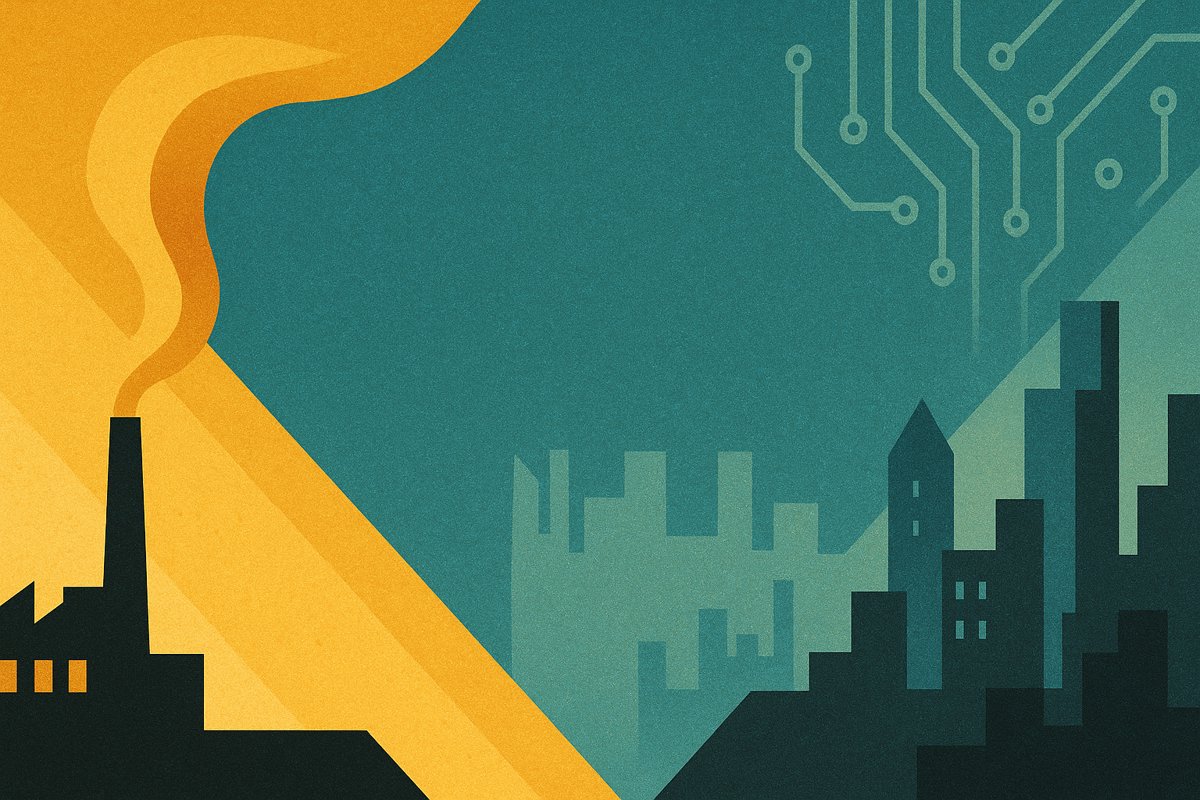In 2013, I wrote a post about how work was changing—a snapshot of what felt like the beginning of a broader shift. Remote work was still a bit of a curiosity for many companies but growing, side projects were picking up steam, and the idea of a "swarm economy" was starting to gain traction: people floating between a handful of projects, some paid, some not, on their own time.
Seventeen years later, the shift wasn't just real—it blew past what I expected in many ways; some good, some not.
So, What Changed?
Remote work went mainstream… and then got messy.
COVID forced companies to adapt overnight. Video calls, shared docs, and async workflows became the new default. For a while it felt like the promise of freedom had arrived. But then came the reversals: return-to-office mandates, productivity tracking, and the corporate-friendly backlash against "overemployment."
The swarm economy showed up—just not the way I hoped.
Back then, I imagined a future where work flowed naturally across multiple streams: creative, technical, commercial. That happened, but not always with the optimism I projected. For many, the swarm is a patchwork of unstable gigs, stitched together for survival.
AI showed up in a big way.
This is one I didn't predict. In 2013, better collaboration tools felt revolutionary. Today, generative AI sits alongside us—generating text, code, visuals, and even strategy. It's not replacing everyone, but it is reshaping how and where effort matters. This is a very quickly changing landscape.
I underestimated how fast institutional trust would collapse.
The 2022 hiring spree gave way to ruthless layoffs through 2023–2025 (and beyond? 😔). Teams were cut mid-project. Startups folded despite funding. "Quiet quitting" was followed by corporate retaliation: budget cuts, RTO ultimatums, and performance crackdowns.
The creator and gig platforms plateaued.
In the last post I celebrated platforms like Etsy and VoiceBunny for empowering individuals. That energy grew—Twitch, TikTok, Substack, Patreon—but not all of it was sustainable. Algorithms shifted. Monetization tightened. Creators burned out. Workers pushed back. Some stayed. Some didn't.
The capital–labor gap widened.
In 2013, I was cautious about how much this "new world" applied beyond tech. That gap is now unmistakable. Asset holders gained. W-2 workers got squeezed. The meritocratic promise of tech now feels—at best—complicated.
Where Is It All Headed?
It feels like we're living through a correction. The tools are more powerful than ever. But so is the disillusionment.
If I had to bet, I'd say the next decade brings more fragmentation, more individuals operating in small networks, and more skepticism about top-down structures. Careers will look increasingly nonlinear. Skills will shift from knowing a stack to navigating complex systems—technical, social, economic.
I'm also starting to believe we'll return to the physical.
We've spent a couple decades obsessed with screens and SaaS. But real resilience might come from reindustrialization: manufacturing, energy, materials, and hardware—made smarter with software, not replaced by it.
I wrote a bit more about that here:
Domestic Manufacturing and the Road Ahead
I'll soon share more thoughts on this, but until then you can keep an eye on: Owl Precision.
More to come!
